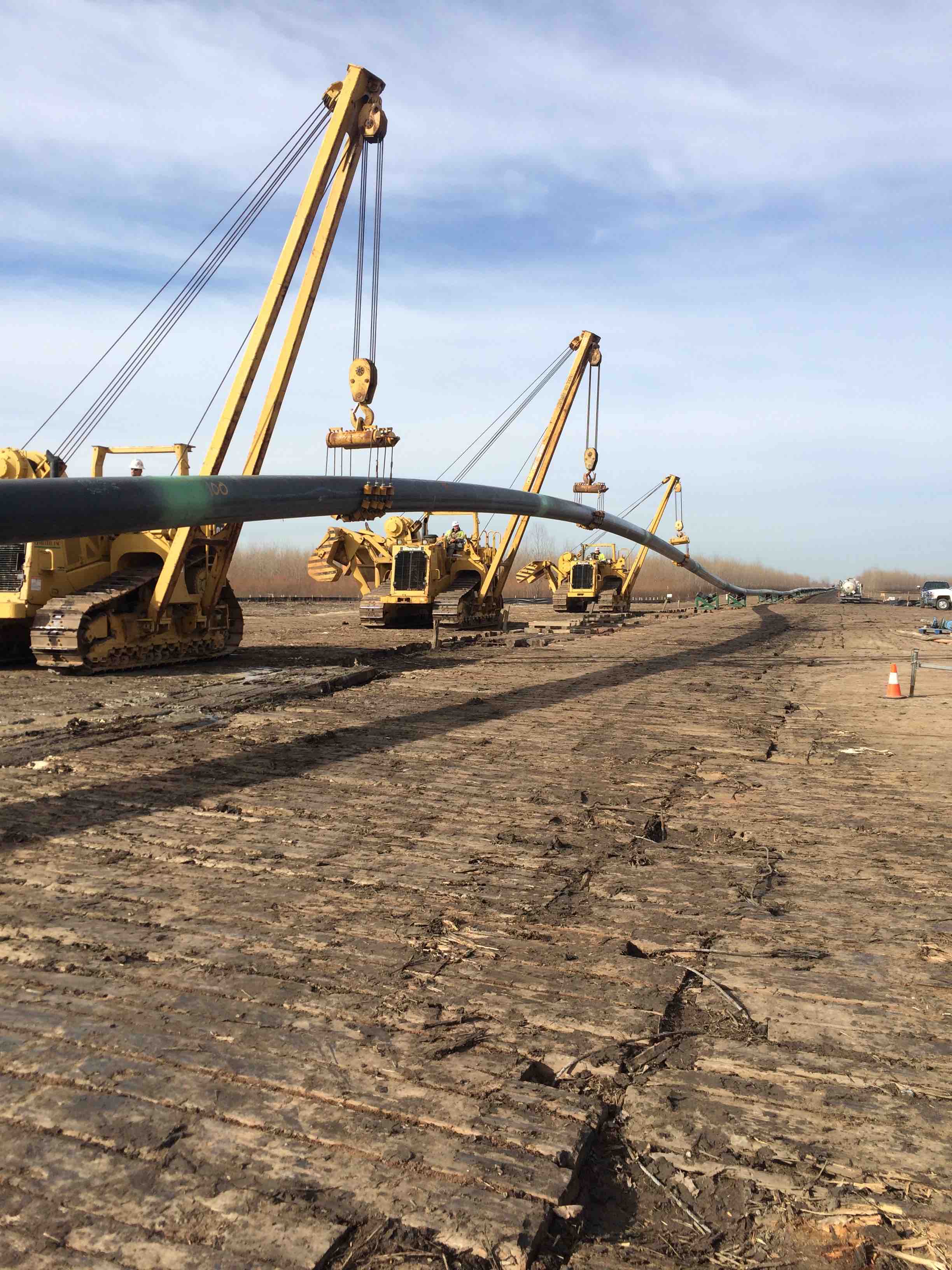October 2016, Vol. 243, No. 10
Features
Drilling Deep for Increased Safety

Enbridge is continually searching for ways to improve the safety and reliability of its pipeline system- something that often necessitates a proactive approach beyond regulatory requirements. A prime example is the horizontal directional drilling (HDD) pipe replacement project performed under the Mississippi River near St Louis, MO earlier this year.
Built in 1948 and purchased by Enbridge in 2004, the Ozark Pipeline includes a crossing of approximately 2,300 feet under the Mississippi. Although regulations require underwater surveys at navigable waterbodies such as this to be carried out every five years, Enbridge began annual inspections in 2010 to monitor issues such as scouring more closely.
Following flooding in 2011, depth-of-cover surveys confirmed a section of exposed pipe. The line was shut down as a precaution, and an engineering assessment was conducted. With findings demonstrating conclusively that stresses to the pipeline were acceptable, the line was safely restarted. However, more than $1 million in repairs were required that year, which included placement of grout bags, rip rap and wrapping of the pipe with rock shield material (Figure 1).
Figure 1: Mitigation of exposed pipe
Ongoing flooding over the next several years reinforced the likelihood of such events in the area and highlighted concerns related to potential pipe exposures. Numerous monitoring and mitigation strategies were considered. Regular surveys could be continued, remediating where required. However, this would mean continuing a reactive stance, rather than transitioning to a proactive approach. An auxiliary line was available next to the pipeline; however, it faced many of the same issues as the main line. Different monitoring technologies (optical oil detection, video or thermo-energy detection cameras) could be installed. Or the pipe could be replaced via HDD.
Although the 2011 repairs were still in a safe and acceptable condition and inline inspections reported no safety-critical features, a decision was made in 2014 to replace the pipe. This was seen as the most appropriate, responsible safeguard against the observed tendency of the region to flood. The necessity of this was further validated by flooding events in 2015, which led to two further precautionary shutdowns.
Completed in March 2016, the approximately $20 million project involved replacing 4,500 feet of the pipeline. Drilling engineers from subcontractor Southeast Directional Drilling bored an underground arched tunnel to a depth of 65 feet, and then pulled the pre-assembled 22-inch pipe section back through the tunnel. The new section included approximately 2,300 feet directly under the river and another 1,200 feet under a flood plain on the Missouri side. As with all of Enbridge’s pipelines being placed into service, welds were inspected with X-ray technology and hydrostatic tests were performed prior to operation.
Even the construction of the new pipe was affected by flooding, with delays faced due to heavy rains in January 2016. However, this only served as further validation for the built-in safety that HDD technology delivers. “Because of this HDD project, the pipe will no longer be subject to flooding or high river current concerns,” said assistant project manager Lee Koppy. “While the Ozark Pipeline has operated safely for decades, this project was significant … positioning the pipeline under the riverbed is a win for both the environment and the economy.”
Although the upfront capital costs were considerable, the benefits are numerous. Service interruptions will be largely reduced, integrity risks have been decreased, and the result is a safer, more reliable pipeline system – a positive outcome not only for the operator and customers, but the industry as a whole as it continues to pursue its goal of zero leaks.






Comments